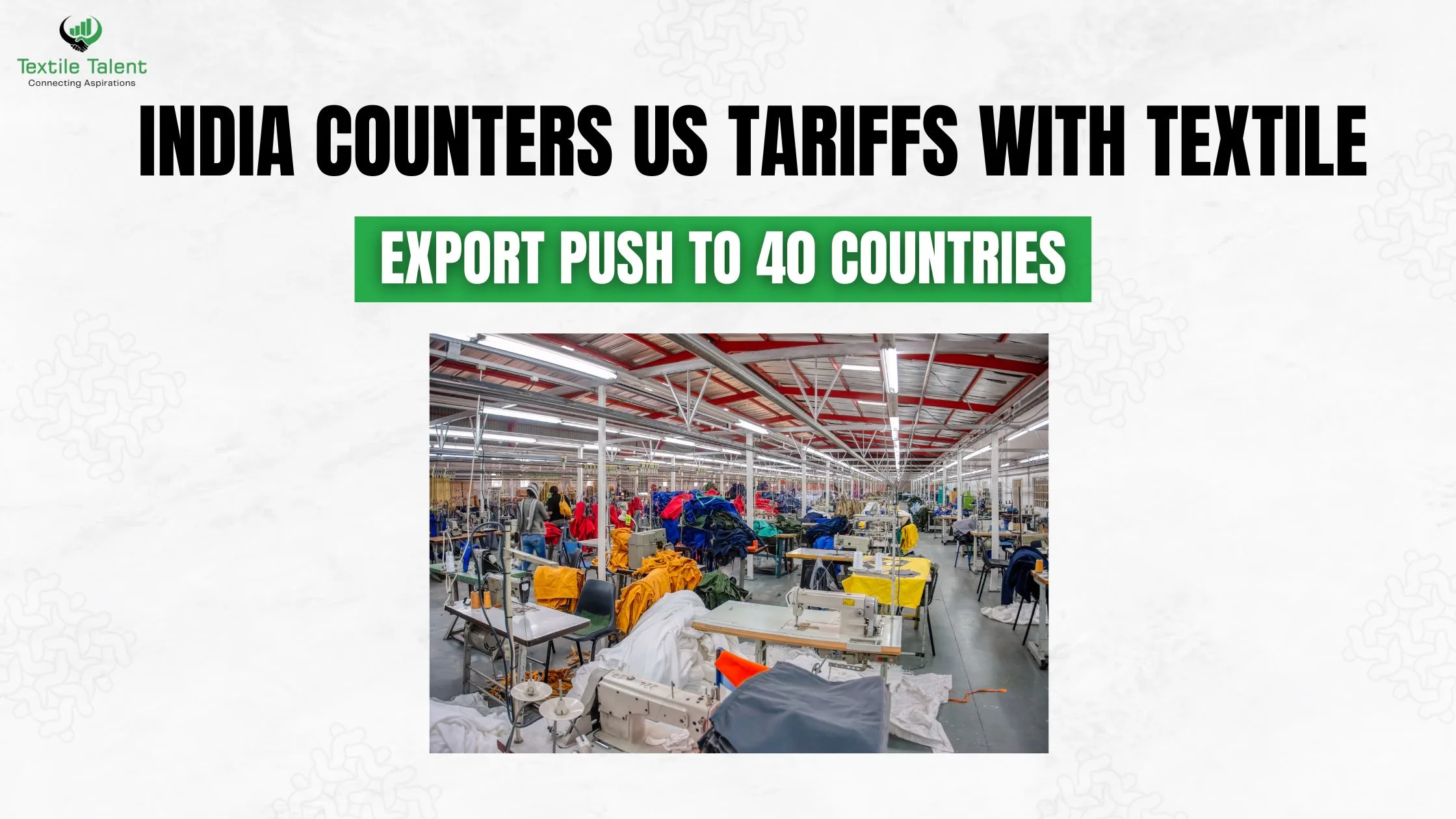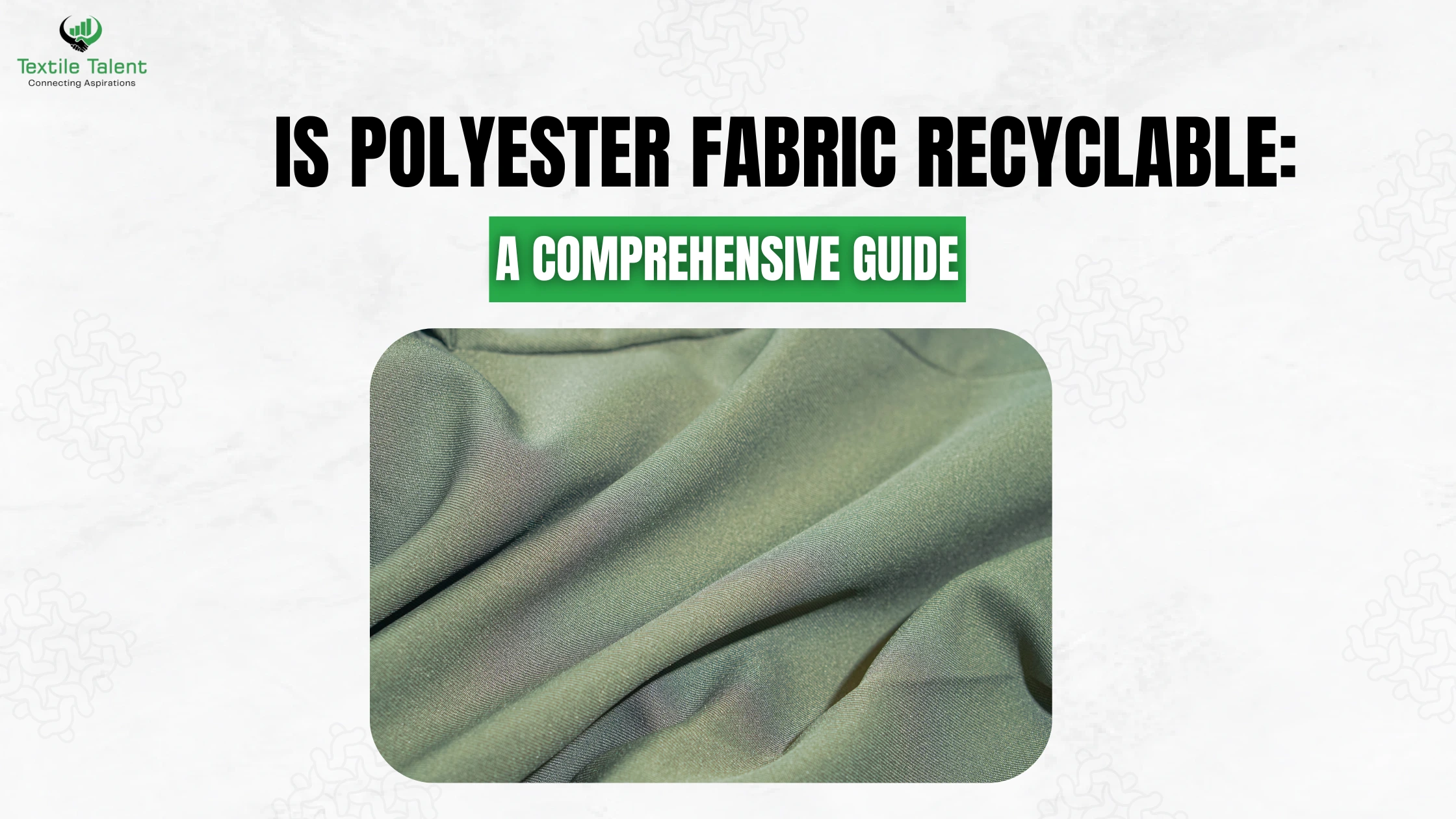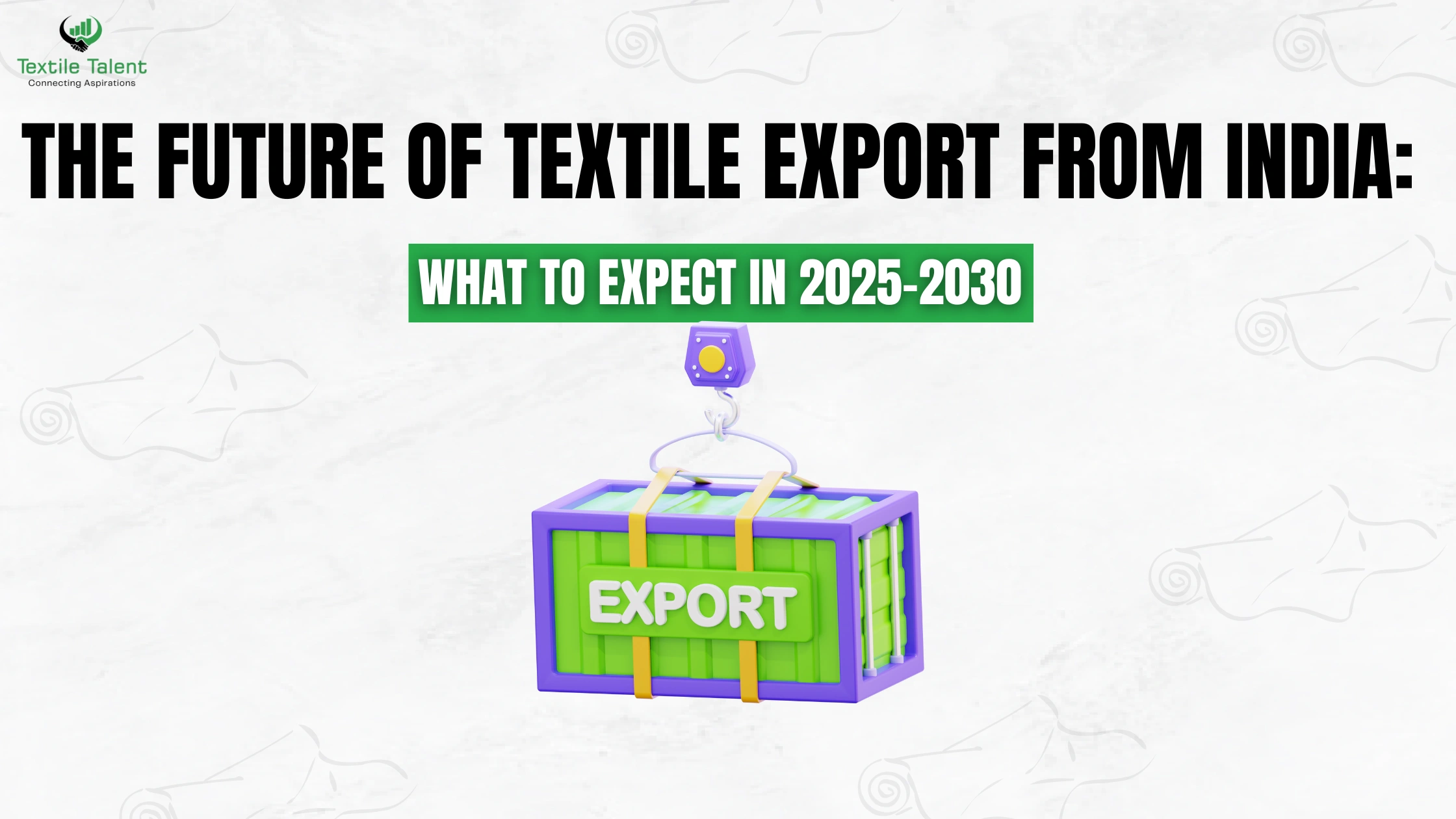
Summary
In response to the heavy US tariffs on Indian textiles, India has initiated a major export diversification plan, which focuses on 40 international markets. India intends to decrease its reliance on the US and boost its global textile trade position through this initiative. India is also setting the stage for a global and competitive textile industry by integrating trade diplomacy, cluster production support, and FTAs.
Introduction
The textile industry is one of the pillars of India manufacturing and export industry that has recently been hit by the headwinds following the 50 percent tariffs placed by the United States on selected textile products made in India. Such tariffs have distorted traditional trade routes, decreased American market competitiveness, and affected the export incomes. In retaliation, India retaliates the US tariffs with a long-term vision - to increase its textile outreach to 40 selective countries in Europe, Asia, Middle East, and Oceania. The comprehensive aim of it is to cushion the export revenues, to minimize exposure to unilateral trade measures, and a radical target of 100 billion dollars of textile exports by 2030.
India’s Strategic Response to US Tariffs
The counter-strategy of India lies in the economic diplomacy and diversification of the markets. Rather than fighting back, the nation is using its strengths in order to increase its international presence. This is a strategy that not only serves the purpose of safeguarding existing revenues, but also sets the stage to growth and sustainability in the textile industry long term.
A Diversification-Driven Policy Shift
India has opted to pursue a policy of economic resilience and strategic diversification instead of responding to the tariffs with retaliatory tariffs. The Ministry of Textiles has been involved in the export outreach program which has been implemented in conjunction with the Ministry of Commerce and Industry. This project incorporates Export Promotion Councils (EPCs), Indian embassies and trade missions operating jointly to market Indian textiles in new and emerging markets.
It is aimed at demonstrating the best sides of India: sustainable production, highly skilled labor and a great choice of the textile products including classic handlooms and the most advanced synthetics. India wants to be a trusted and moral supplier, which should help it draw customers who seek another choice to China and other major participants.
Focus on Market Rebalancing
Diversification strategy does not merely focus on increasing the reach but balancing risk. Indian exporters have been exposed to volatility in the policies as a result of over dependence on the US market. The new plan will focus on the countries with stable trade conditions and increasing textile demand such as the UK, France, and Germany, Japan, South Korea, Australia, Saudi Arabia, the UAE. Such areas represent a joint import market of hundreds of billions of dollars per year, where Indian exporters have a lot to capitalize on.
Execution Plan for Textile Export Expansion
Engagement with 40 Global Markets
The project, commonly known as “textile exports to 40 countries, is being implemented in a multi-pronged approach:
- Trade Fairs and Exhibitions: Indian companies in textile sector are encouraged to take part in world trade fairs where their products can be exhibited to create brand awareness.
- B2B Meetings and Buyer-Seller Meets: Conducted under the supervision of EPCs and embassies, the meetings are used to develop direct relationships between Indian exporters and foreign buyers.
- Digital Promotion Campaigns: Indian textiles are also being advertised to the outside world through the use of e -commerce and digital marketing (where physical marketing is restricted).
Collectively, the targeted nations import over USD 590 billion worth of textile and apparel products annually. Any small percentage of this market will substantially increase the export earnings in India.
Support from Indian Textile Hubs
The geographical distribution of the textile industry in India is distinguished by the existence of specialized centres in the value chain of different parts of it:
Tirupur: Tirupur is a well-known knitwear and clothes manufacturer, which also accounts for a significant part of garment exports in India.
Surat: A centre of synthetic fabrics and textile, Surat is an important centre in provision of raw materials as well as finished products.
Panipat: Panipat is the specialist in home furnishings such as bed and towels that serves domestic and foreign markets.
Bhadohi: Bhadohi carpets and Bhadohi rugs are known as the symbol of Indian artisanal craft.
These hubs are being incorporated into the export push by upgrading infrastructure, capacity-building programmes and financial incentives under schemes such as the Production Linked Incentive (PLI) and the Integrated Textile Parks programmes.
Trade Policy and Institutional Backing
Tough policy backing is needed to maintain momentum in this export impetus. India is balancing its trade policies and global trends and making FTAs to gain greater access to the market. The effort is being pursued with precision and accountability by institutional mechanisms such as expert committees and export councils.
Formation of Strategic Committees
In order to make this ambitious plan successful, the Ministry of Textiles has formed four professional committees. The following committees are charged with:
- Determining regulatory and logistical issues that are market specific.
- Suggesting the use of policy incentives like tax rebates and export subsidies.
- Following up on the programs of outreach implementation and their impact.
Representatives of industry organizations, academia, and government agencies sit on the committees and the policy making is holistic and data-driven.
Free Trade Agreement Leverage
India is in active negotiation of Free Trade Agreements (FTAs) with some of its main markets such as UK, Canada, and European Union. It is presumed that these FTAs will grant Indian textile exporters duty-free or preferential access, and this will enhance the price competitiveness considerably.
In the case of a proposed FTA between India and the UK, the tariff on Indian garments is now 12% and thus an Indian garment might pass without this tariff to the British market making it more appealing to retailers and buyers. Equally, a deal with the EU would open the door to the high-value markets such as Germany and France where the trend in textiles towards sustainability and ethically sourcing is rising.
Vision for the Future: $100 Billion Export Target
The textile roadmap of India is grandiose, intending to achieve 100 billion dollars in the exports by 2030. This vision is supported by innovation, sustainability and skill development. India is becoming a digital-friendly and modernized infrastructure, which makes it a textile superpower in the future.
Ambitious Growth Roadmap
The long term Indian vision of the textile industry is radical and ambitious. The export figure of 100 billion dollars by 2030 is not merely a figure but an indication of the desire of the country to emerge as a global textile giant. Key pillars of this roadmap include:
Improvement of Quality of Products: International standards and certifications are embraced to satisfy buyers expectations.
Sustainability: Encouragement of organic cotton, eco-friendly dyes and water-efficient production processes.
Technology Adoption: The option of automation, AI, and digital tools will be integrated to enhance productivity and cost reduction.
Skill Development and Innovation
The government is investing in the fact that human capital is the main point of the textile sector:
Skills Development Programs: Workers trained in superior manufacturing methods and quality control.
Textile Innovation Parks: The creation of an institute of research and development in new materials, design and process optimization.
These are meant to put the industry into the future and make sure that the Indian exporters stay competitive in both the traditional and emerging markets.
Frequently Asked Questions (FAQs)
Q1. Why has India launched a textile export push to 40 countries?
After experiencing high tariffs, India is seeking to cut down on the dependence on the US market. The export diversification to 40 countries is one of the ways of eliminating trade risks and seizing emerging opportunities.
Q2. What are the key regions targeted in this plan?
Some of the most appealing areas to be targeted in the expansion of textile exports include Europe (Germany, France, UK, Spain), Asia (Japan, South Korea) and the Middle East (UAE, Saudi Arabia).
Q3. How will FTAs help Indian textile exporters?
Q4. Which Indian textile hubs are involved in the export plan?
Key production centers, which are part of global outreach strategy include Tirupur, Surat, Panipat, and Bhadohi.
Q5. What is the export target India aims to achieve?
India is aiming at the 100billion textile exports by 2030 by expanding the market, supporting the policies, and innovating.






